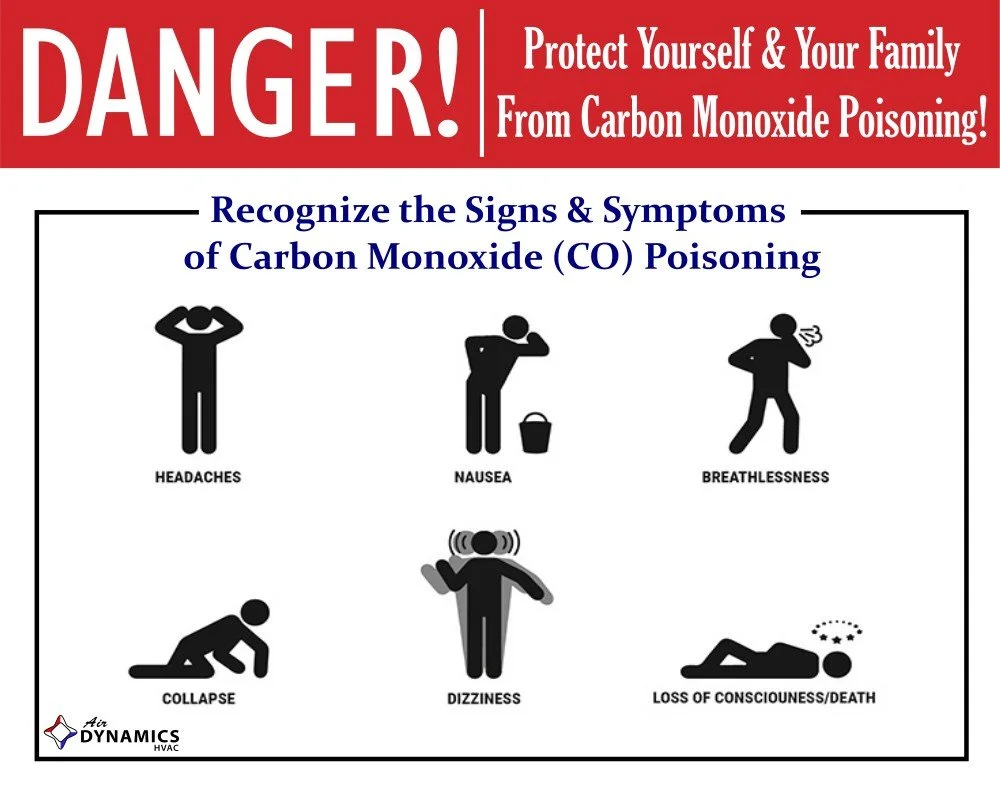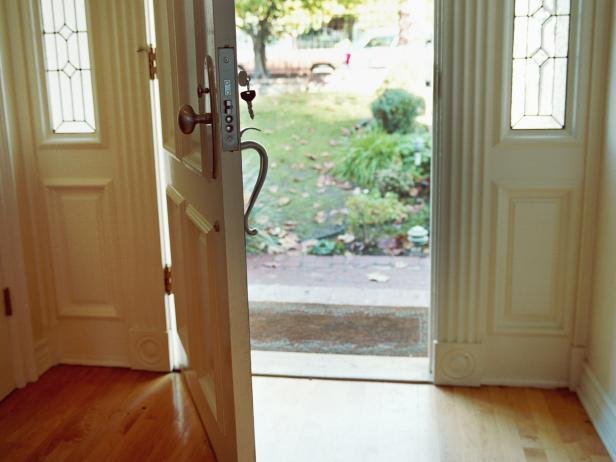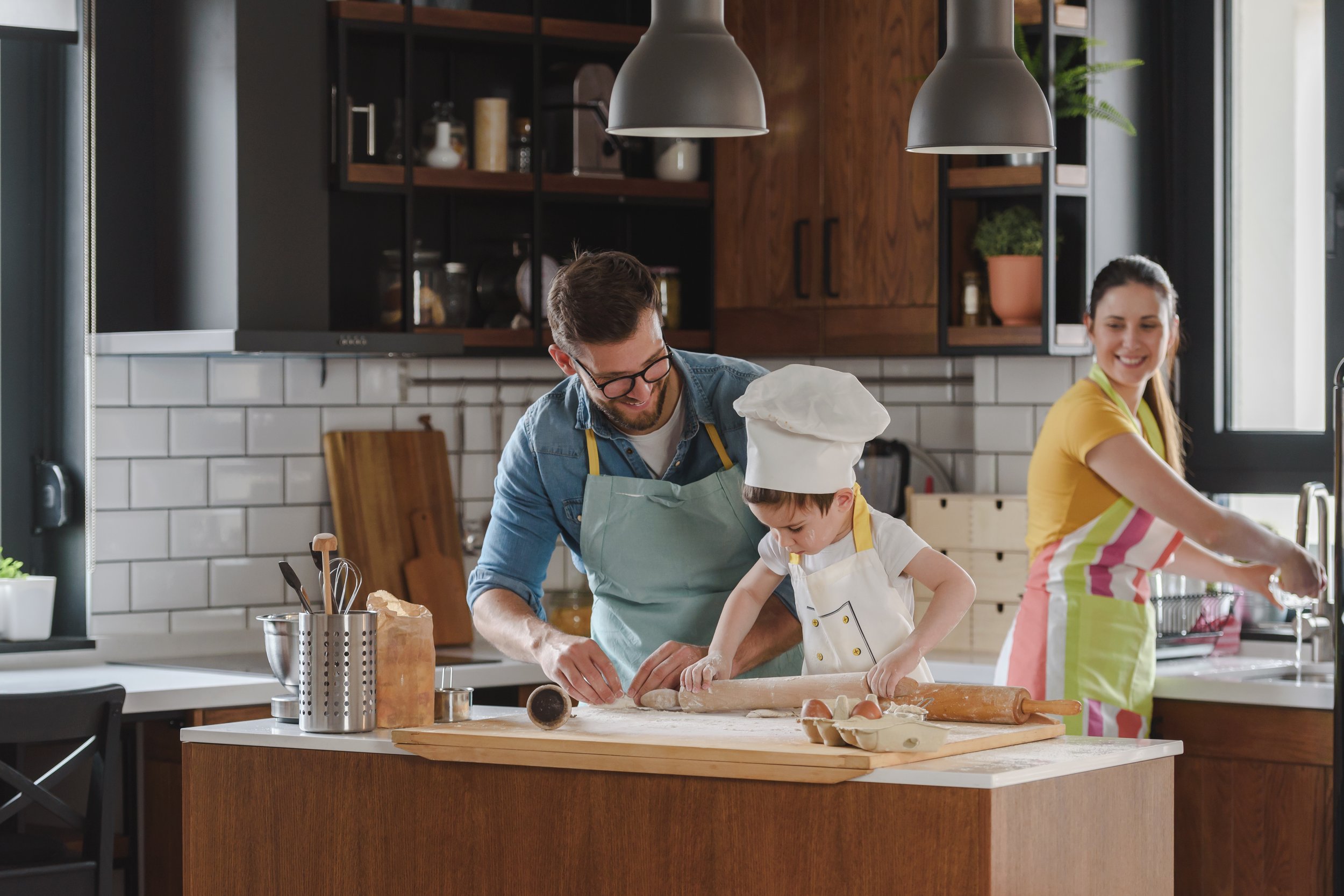
Carbon Monoxide
Testing
If you believe you currently have a carbon monoxide leak in your home STOP and call 911 or your local Fire Department immediately!
Indoor Air Quality Tests: Why are they important?
Carbon Monoxide (CO) often called the “silent killer” is odorless, tasteless and cannot be seen. Making this toxic gas one of the most overlooked dangers in homes today.
Carbon Monoxide Testing
Did you know… The most accurate way to detect the presence of carbon monoxide is with an indoor air quality test?
These tests are performed by professionals and can help to pinpoint any problems so that they can be remedied quickly. When a technician from Air Dynamics HVAC visits your home or place of business we perform our carbon monoxide testing with a specialized tool that provides the precise measurement of the level of (CO) in a given area.
This device differs from consumer-level detectors as it can be calibrated to detect (CO) from as little as nearly zero parts per million (ppm).
Electric furnaces, electric water heaters, electric ovens, and all other electrically powered devices operating normally do not produce carbon monoxide.

Sources of Carbon Monoxide in the Home
Artificial heating is one source of carbon monoxide in the home it can also be the biggest contributor to dangerous (CO) levels if your unit is ill-maintained or left unchecked. This is especially true for older HVAC systems or gas water heaters that have not been properly vented.
It is important to note however that (CO) can come from other fuel-fired sources
Some of these sources include:
Gas ranges and stoves
Gas clothes dryers
Portable fuel-burning space heaters
Fireplaces
Wood-burning stoves
Gas water heaters
Vehicles running in an attached garage
Charcoal/gas grills
Portable generators
The CDC estimates that close to 450 people will die from (CO) exposure annually. While approximately another 20,000 will be admitted into the E.R. as a result of unintentional carbon monoxide poisoning. In general, the number of reported (CO) cases peak during winter months when heating systems are working overtime. To keep you and your family safe, it is important to understand the various sources of carbon monoxide in your home.
An Important Note About Portable Generators
The CDC has noted that Carbon Monoxide (CO) poisoning cases have resulted from the use of portable generators during power outages.
Professional Testing by HVAC Technicians
Did You Know…
If your home has a furnace, hot water tank, gas oven, or any other fuel-burning appliance(s); it is important to hire an HVAC professional who understands exactly how these combustion devices operate, to properly inspect/ install your unit. You and your family’s safety depend on the proper installation and/or occasional adjustment of these units. In order to provide maximum efficiency and ensure minimal exposure to Carbon Monoxide (CO).
Even New Equipment Should Be Tested

What To Do
If You Suspect Dangerous Levels of Carbon Monoxide in Your Home
While having a (CO) detector in your home is better than nothing at all, by the time you are alerted to a problem; it is likely that you and your family will already be experiencing the ill effects of (CO) inhalation.
If You Suspect the presence of Carbon Monoxide Your Home
First, open all of the windows and doors and turn off any stoves, your HVAC system, and the water heater. Leave your home/building and call 911 or your local fire department right away.
If you or anyone else in your home is experiencing symptoms of (CO) poisoning; be sure to have everyone evacuate the home immediately, leaving the door open. Contact your local fire department or 911 right away from a phone outside of your home.
If your fire department finds or suspects that there are/were dangerous levels of carbon monoxide in your home; they may encourage you to call your heating service provider. If so, please call us immediately at (215) 571-9471 to have one of our technicians safely identify the cause.
What To Do If Your CO Alarm Sounds?
Don’t ignore a CO (carbon monoxide) alarm if it is sounding! Open any doors or windows that can easily allow fresh air to enter the home. If you are experiencing symptoms, Immediately leave the building and contact 911 or your local fire department. In cases where residents are feeling fine, call your local gas utility company then reach out to Air Dynamics HVAC to have one of our qualified technicians identify the source of the problem.
Open Windows
Go Outside
Fire Department
or Utility Company
Leave Front Door
Open
Turn Off
Fuel Burning Appliances
Call For Help
It’s About Your Health & Safety
At Air Dynamics, our HVAC professionals understand that they are an important line of defense when it comes to spotting and intervening in a situation where emergency services have determined that the source of the carbon monoxide leak in your home is related to your HVAC system. As such, our techs are trained to take any necessary steps to protect homeowners/residents. By using the proper equipment, knowledge, and being aware of the levels that may pose a danger. You can rest assured that we will be able to assist by accurately identifing the cause & recommending/rectifing the issue(s) to ensure proper operation and safety.
Lets Review
If you suspect a carbon monoxide leak in your home open all windows & doors.
Turn off any fuel-burning appliances such as your stove, HVAC system, or water heater.
Go outside: Leave your home/building right away allowing the front door to remain open behind you. DO NOT re-enter the home/building until emergency services have given the okay to do so.
Call for help: Immediately dial 911 or call your local fire department from a safe distance away.
If emergency services determine your HVAC system is the likely cause of a carbon monoxide leak ensure your unit is turned off and contact us right away to have one of our professionals evaluate your unit and locate the source of the leak. Our team at Air Dynamics HVAC is highly trained and can provide you with the proper steps necessary to correct the issue.
Need Help? Click the Button Below or Call Us Today at (215) 571-9471
Air Dynamics HVAC
We Service
Abington, Bensalem, Cheltenham, Churchville, Croydon, Elkins Park, Glenside, Holland, Horsham, Huntingdon Valley, Jenkintown, Langhorne, New Hope, Newtown, Philadelphia, Richboro, Southampton, Washington Crossing, Willow Grove, Yardley, and more
Counties Serviced Include:
Bucks, Burlington, Camden, Mercer, Montgomery & Philadelphia


























